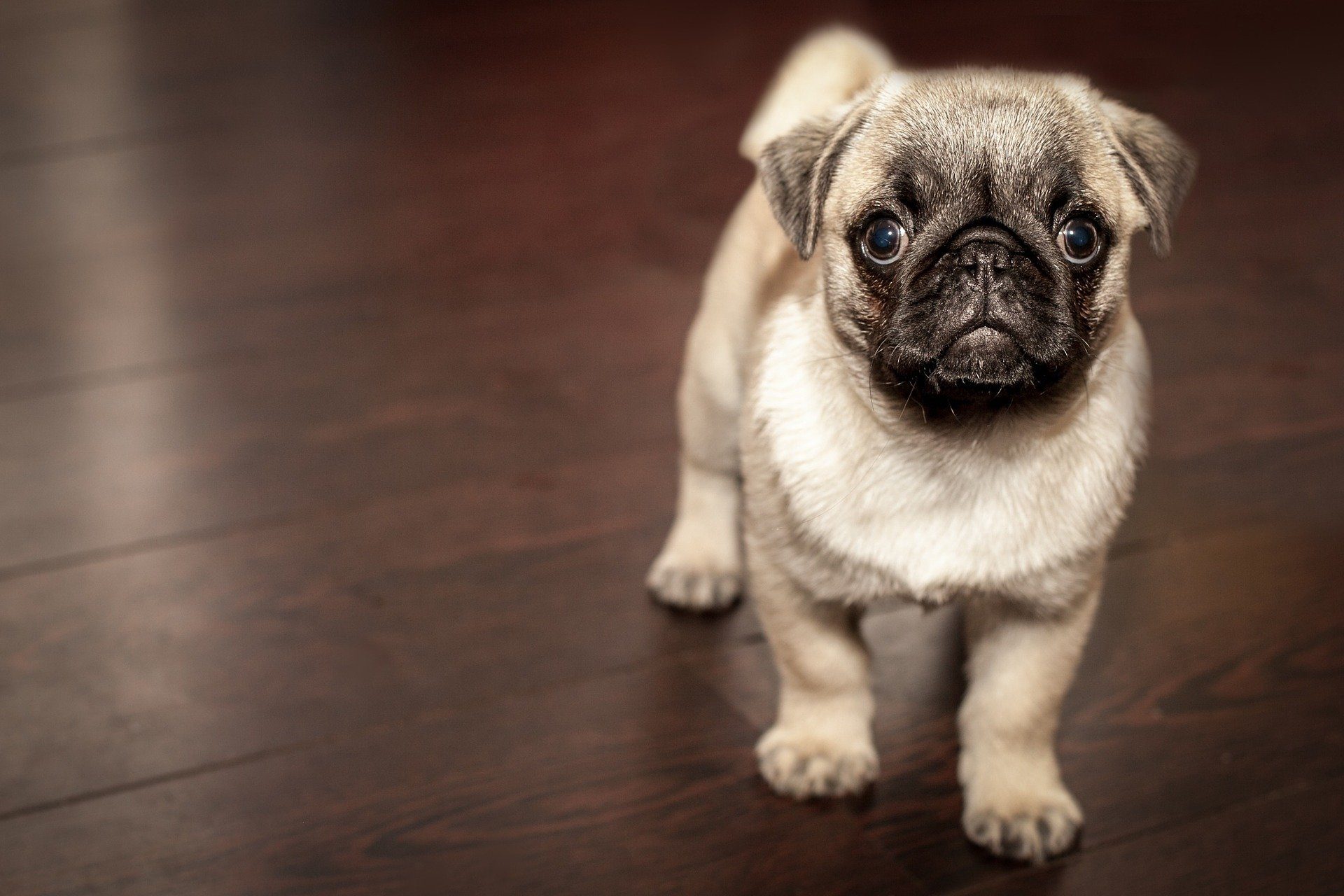Despite our tendency to treat dogs like family, the fact remains: They are not human. Our canine companions have different dietary requirements, sensory experiences, and, of course, anatomy.
Take reverse sneezing. When a human develops an annoying tickle in the back of his throat, he uses his vocal cords to vibrate the muscles in his throat and remove the irritant. When a dog experiences a similar problem, he may exhibit something known as a reverse sneeze. While throat clearing and reverse sneezing accomplish the same thing, they sound completely different.
What is reverse sneezing in dogs and is it cause for alarm? Here’s what you need to know and why some dog breeds do it.
What is reverse sneezing in dogs?
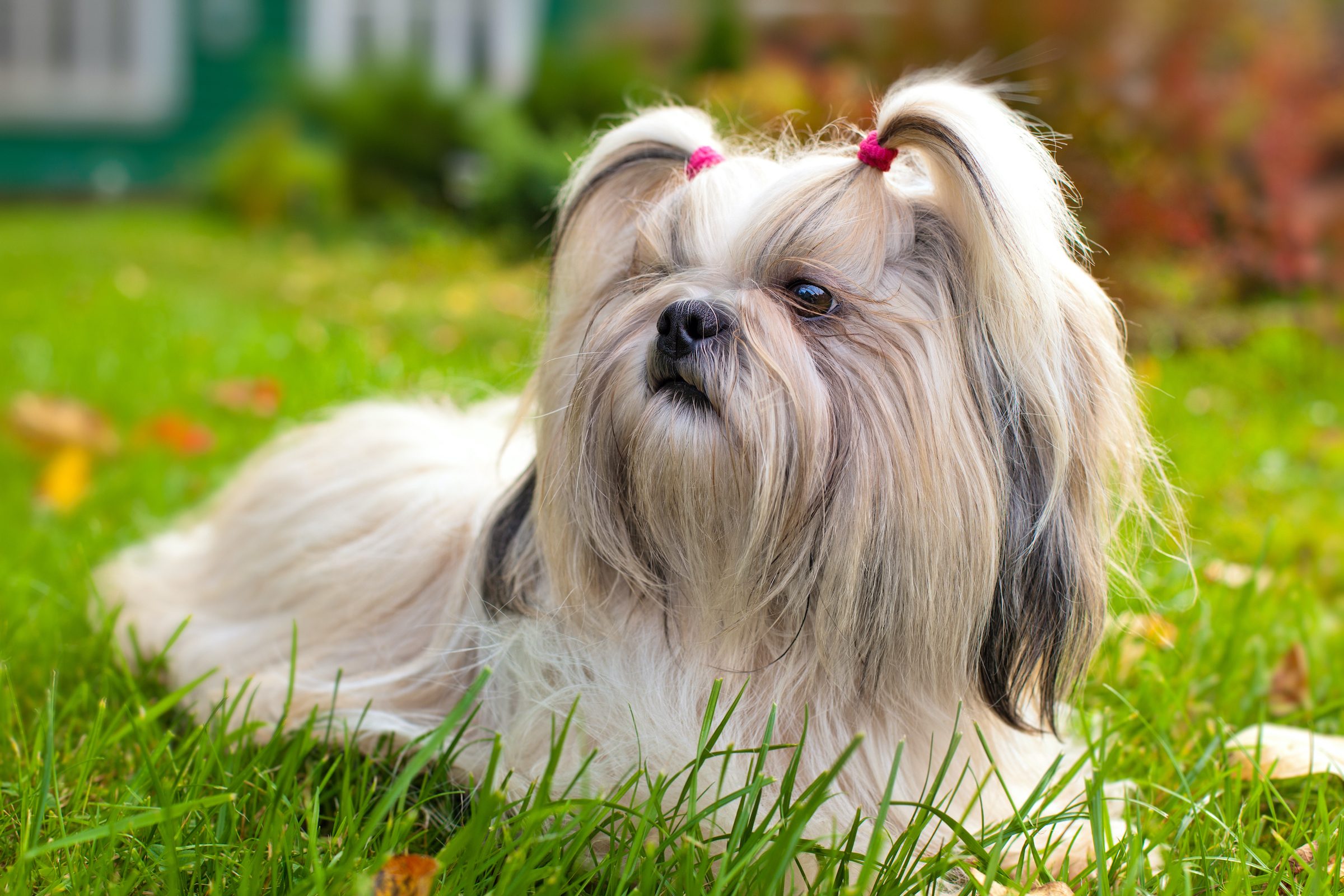
It’s a bit disconcerting to hear your dog reverse sneeze for the first time. Unlike in a regular sneeze in which a dog pushes air out of the nose, the exact opposite happens in a reverse sneeze. During this event, a dog rapidly and repeatedly inhales, while making a loud snorting sound. He may stand still and extend his head and neck, making him look like he’s in distress.
This common respiratory incident is known as a paroxysmal response, meaning it happens suddenly and repeatedly, much like a spasm and affects the muscular area in the back of the throat known as the soft palate. Most reverse-sneezing episodes last for a minute or less (or it could be longer), without causing any lasting physical harm to your dog.
What causes this condition?
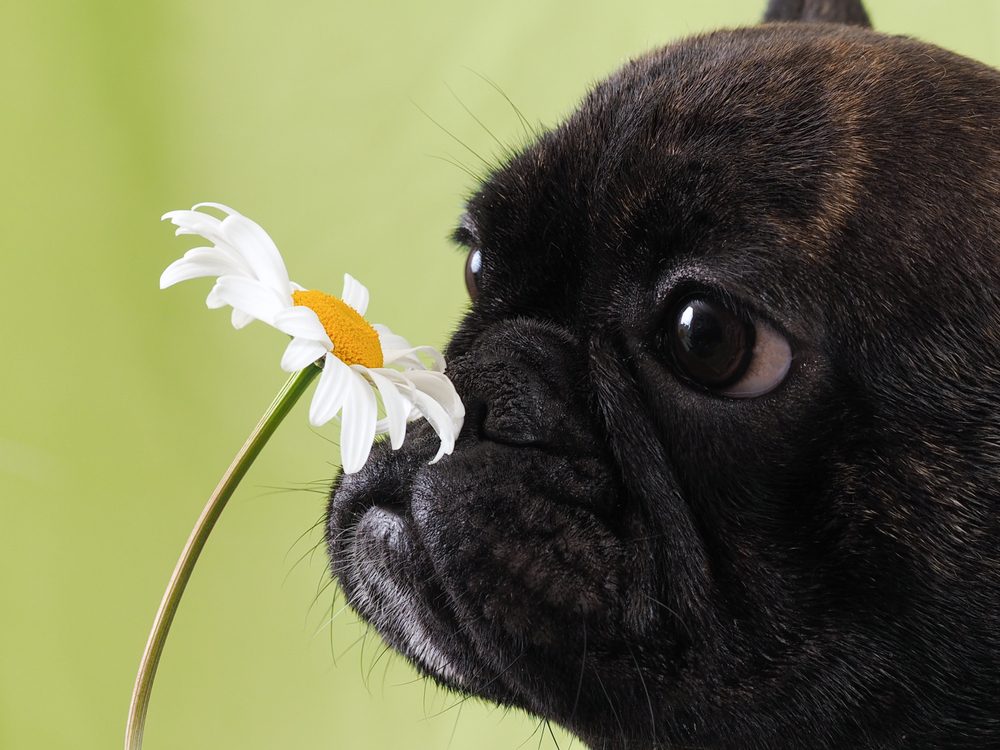
Although the exact cause of a reverse sneeze is a mystery to medical professionals, almost anything that irritates your dog’s nose, sinuses, or back of the throat can ignite this type of reaction.
For example:
- Excitement. Some dogs reverse sneeze when they become excited.
- Allergens. Others may be reacting to something in their environment, such as dust or household products with strong odors, such as cleaning products or air fresheners.
- An obstruction. In other cases, your dog has accidentally inhaled grass or a foreign body. Sometimes, even rapid eating or drinking or pulling hard on the leash can trigger a reverse-sneezing attack.
Do all dogs reverse sneeze?

Not all dogs will have this type of reaction, but some are more prone than others. Those that do have an episode are more likely to have repeat attacks during their lifetime.
Dogs with short snouts, known as brachycephalic breeds, such as boxers, pugs, and shih tzus, are more likely to experience reverse sneezing because their soft palates are longer and can become irritated more easily. The hard palate is the bony tissue on the front part of the roof of the mouth, while the soft palate, where vocalization, breathing, and swallowing take place, is the soft tissue directly behind it.
Smaller dogs, such as beagles and Yorkshire terriers, with smaller throats, are also more prone to episodes of reverse sneezing.
What can be mistaken for dog reverse sneezing?

If you’ve never heard it before, it might take you a minute to figure out what a reverse sneeze even is and most importantly, what it’s not. By paying close attention, you’ll be able to distinguish this behavior from a regular sneeze or a cough. All three have some characteristics in common, but you’ll get the hang of identifying the reverse sneeze if your buddy has frequent occurrences.
Carefully monitor when it happens and figure out what you can do to fix the problem, like removing an allergen from the home or using a harness instead of a collar. Be careful not to mix this up with tracheal collapse, which can be severe. Check to see if he’s breathing normally after the episode for some reassurance.
How can you help?
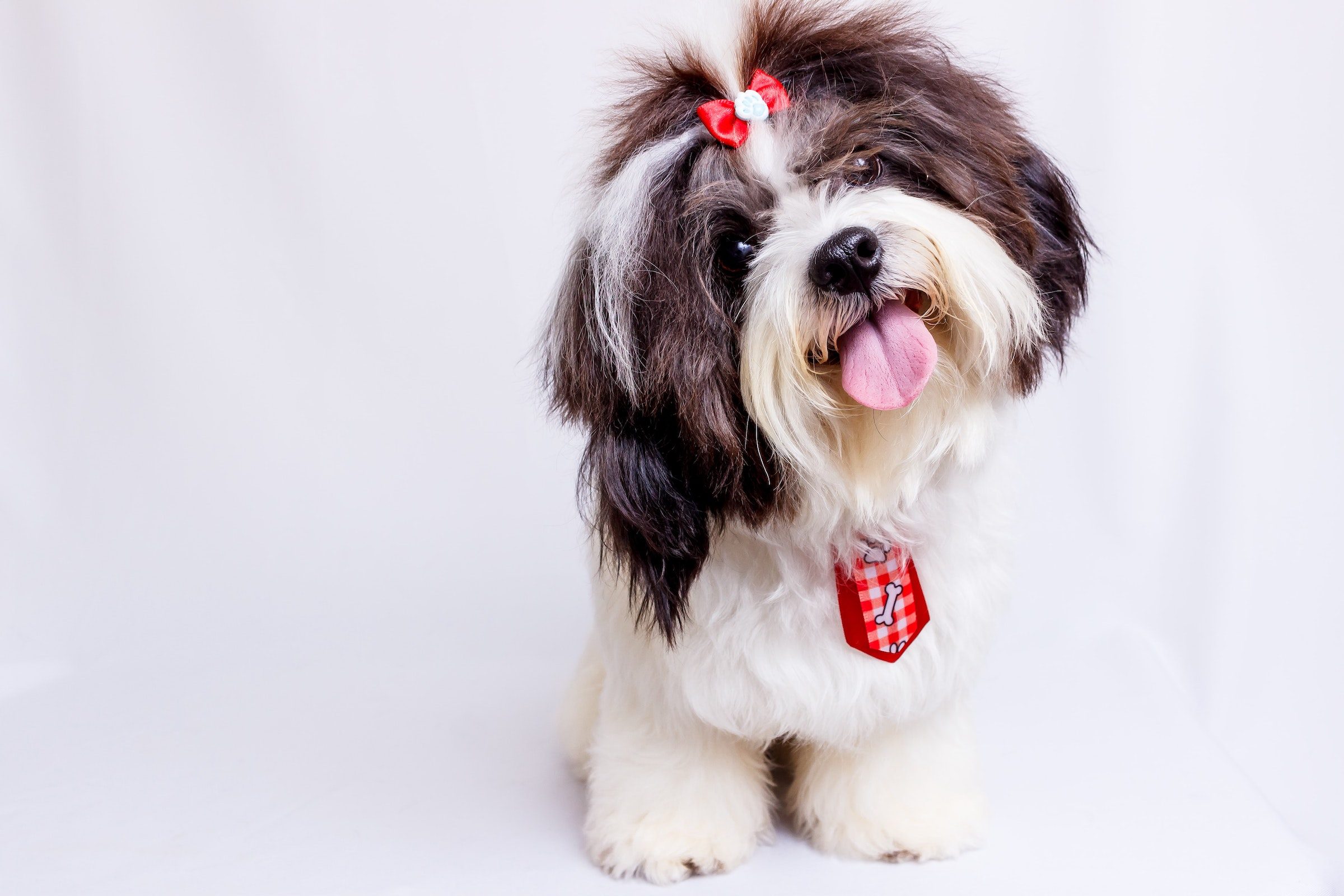
Since most reverse-sneezing episodes are over quickly and don’t need any medical intervention, the best thing you can do is just let the incident run its course. Most episodes are over in a minute or so without any lasting effects on your pet.
If the episodes last longer, you can gently massage his throat to help him relax. Or encourage him to swallow by briefly covering his nostrils. Both methods may help dislodge or soothe whatever is irritating your dog’s throat. Seek immediate medical care if he has trouble breathing, you notice any discharge from your dog’s mouth or nose, or if his appetite or behavior suddenly changes.
When is it time to see the vet?
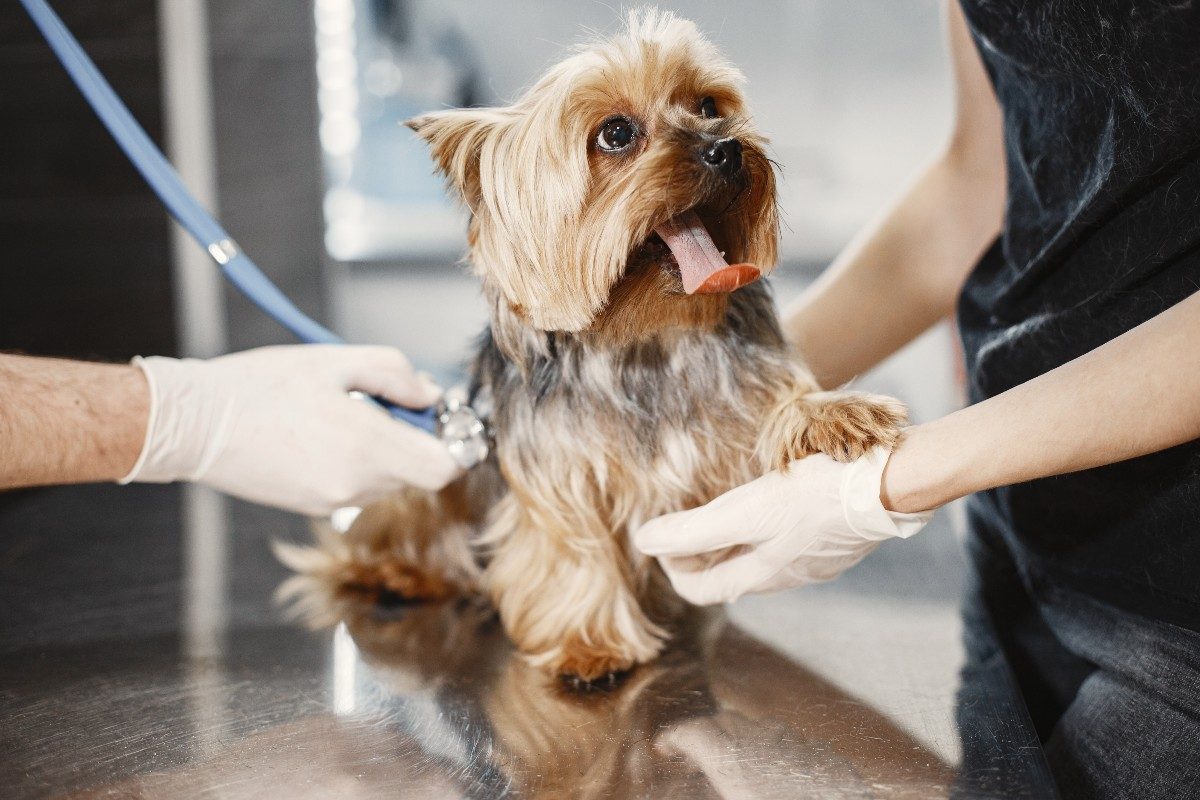
Most of the time, reverse-sneezing episodes are completely harmless, even though it sounds like your dog is gasping for air or having an asthma attack.
Even so, it’s a good idea to let your veterinarian know what has happened, especially if your dog has never experienced a reverse-sneezing event before. She might ask to examine your dog to ensure it’s not an infectious or chronic condition such as an upper respiratory infection, collapsed trachea, or an infestation of nasal mites.
She can also help you determine why it might have happened. If your dog has developed an allergy to something in his environment, she might prescribe an antihistamine or work with you to identify possible household irritants you could eliminate. At the very least, the next time your dog starts reverse sneezing, you’ll know he’s simply clearing his throat, not coping with something more serious.
